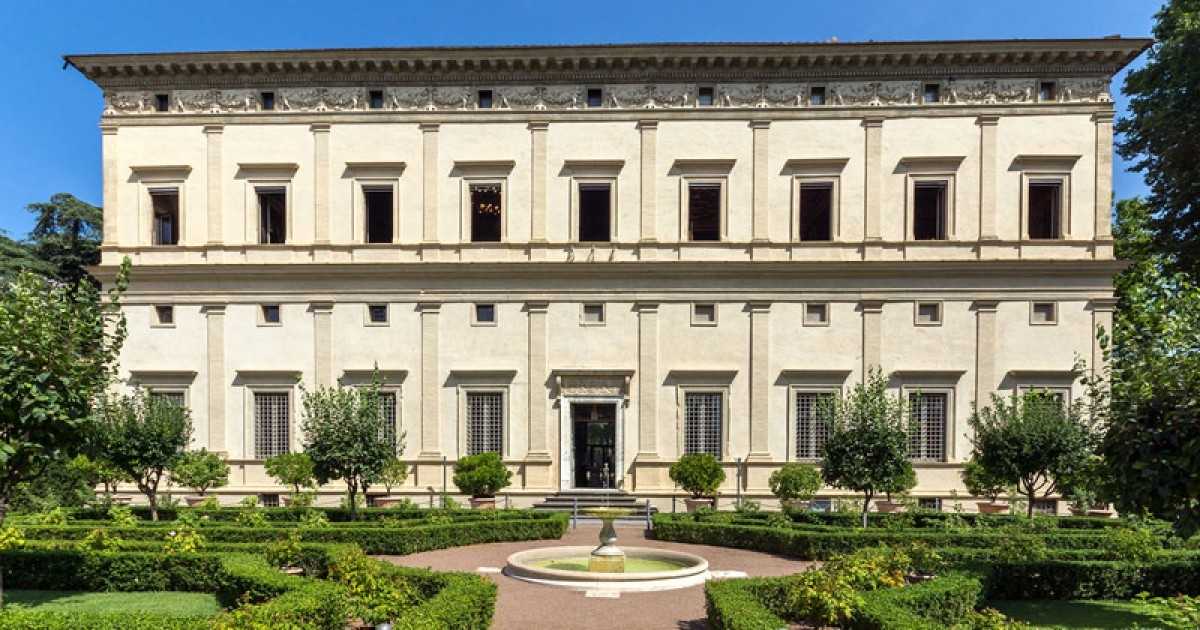Exploring the Frescoes of Villa Farnesina in Trastevere
Nestled in the charming neighborhood of Trastevere in Rome, Villa Farnesina is a hidden gem that offers a glimpse into the opulent world of Renaissance art and architecture. This exquisite villa, built in the early 16th century, is renowned for its stunning frescoes that adorn its walls and ceilings. For art enthusiasts and history buffs alike, a visit to Villa Farnesina is a journey back in time to the height of the Italian Renaissance.
A Brief History of Villa Farnesina
Villa Farnesina was commissioned by Agostino Chigi, a wealthy Sienese banker and a prominent patron of the arts. Designed by the architect Baldassare Peruzzi, the villa was completed in 1511 and quickly became a hub for artists, intellectuals, and dignitaries of the time. Chigi’s vision was to create a space that reflected his wealth and taste, and he enlisted some of the most talented artists of the era to bring his vision to life.
The villa’s frescoes are the work of several renowned artists, including Raphael, Sebastiano del Piombo, and Giovanni da Udine. These masterpieces not only showcase the artistic prowess of their creators but also offer insight into the cultural and social dynamics of the Renaissance period.
The Masterpieces of Raphael
One of the most celebrated features of Villa Farnesina is the Loggia of Cupid and Psyche, painted by Raphael and his workshop. This series of frescoes depicts the mythological tale of Cupid and Psyche, a story of love, betrayal, and redemption. The vibrant colors and intricate details of these frescoes are a testament to Raphael’s genius and his ability to convey complex narratives through art.
Another highlight is the Galatea fresco, also by Raphael, located in the Loggia of Galatea. This work portrays the sea nymph Galatea riding a shell chariot pulled by dolphins, surrounded by a lively scene of sea creatures and mythological figures. The dynamic composition and the use of perspective in this fresco demonstrate Raphael’s mastery of the Renaissance style.
The Contributions of Other Artists
While Raphael’s works are undoubtedly the main attraction, Villa Farnesina also boasts contributions from other notable artists. Sebastiano del Piombo’s frescoes in the Hall of the Frieze depict scenes from classical mythology, showcasing his skill in creating dramatic and emotive compositions. Giovanni da Udine, a close collaborator of Raphael, is responsible for the intricate stucco decorations and grotesques that adorn the villa’s interiors, adding an additional layer of richness to the overall aesthetic.
Baldassare Peruzzi, the villa’s architect, also left his mark with the Sala delle Prospettive, a room featuring trompe-l’œil frescoes that create the illusion of an expansive landscape beyond the villa’s walls. This clever use of perspective and architectural illusion is a hallmark of Renaissance art and adds to the villa’s allure.
Visiting Villa Farnesina
For those planning a visit to Villa Farnesina, it’s important to note that the villa is open to the public, but visiting hours may vary, so it’s advisable to check ahead. The villa is located in the heart of Trastevere, a vibrant neighborhood known for its narrow cobblestone streets, lively atmosphere, and excellent dining options. After exploring the villa, visitors can enjoy a leisurely stroll through Trastevere, taking in its unique blend of history and modernity.
Guided tours are available and highly recommended, as they provide valuable context and insights into the villa’s history and the significance of its artworks. Whether you’re an art aficionado or simply curious about the Renaissance period, a visit to Villa Farnesina offers a captivating experience that enriches your understanding of this pivotal era in art history.
